In a world where the ordinary often reigns supreme, there exists a feathered marvel that challenges our perceptions of poultry: the silkie chicken. With their fluffy plumage resembling cotton candy and their striking blue earlobes, these enchanting birds have captured the hearts of enthusiasts and casual observers alike.
But beyond their whimsical appearance lies a rich history steeped in mystery and intrigue rumored to be ancient pets of Chinese royalty and revered for their unique traits, silky chickens are more than just a pretty face in the barnyard.
As we delve deeper into the captivating world of silkies, we’ll discover what makes them stand out not only in appearance but also in temperament. Known for their gentle nature and affectionate personalities, these chickens have become beloved companions for families and urban farmers alike.
Silkie Chickens Colors:
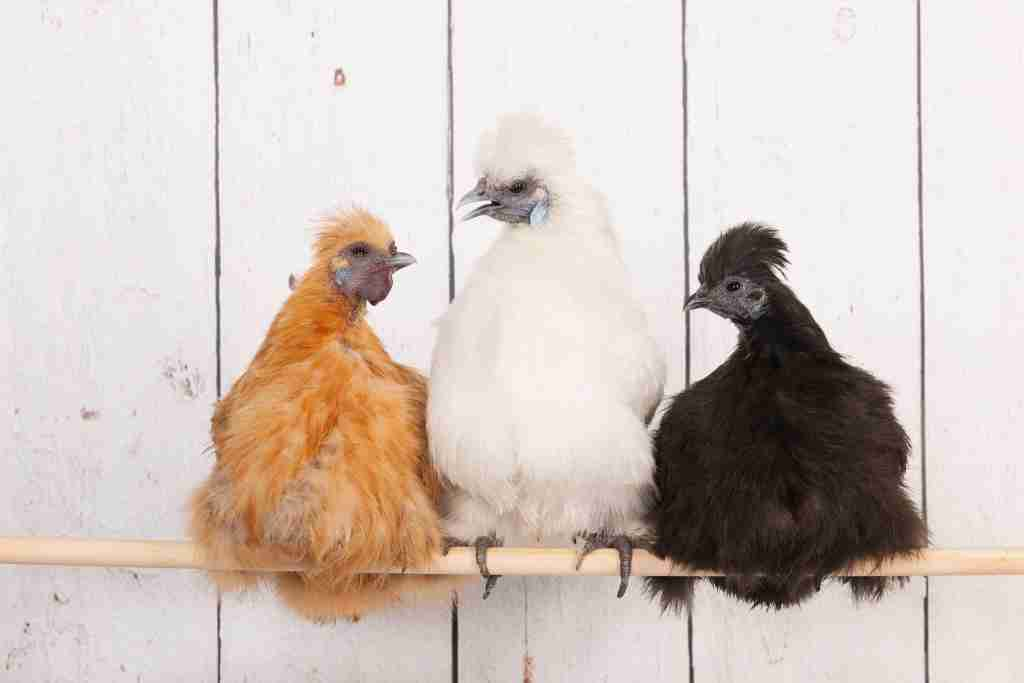
Silkie chickens are renowned not just for their unique personalities but also for their mesmerizing array of colors. Beyond the standard white, black, and blue varieties, the Silkie breed boasts a kaleidoscope of hues such as lavender, splash, and partridge.
Each coloration is enhanced by their fluffy plumage that resembles downy feathers rather than traditional chicken feathers—this characteristic creates an almost ethereal appearance that captivates both beginners and seasoned breeders alike.
What truly sets these birds apart is how color genetics play a role in breeding. Experimenting with different combinations can yield unexpected results, inspiring breeders to become artists through careful selection of parents.
Notably, when two contrasting colors mate, the outcome can produce delightful surprises; lavenders and blacks combined may result in stunning blue offspring with soft undertones that showcase an iridescent sheen.
The joy lies not only in nurturing these beautiful creatures but also in embracing their ever-evolving palette a reminder that each Silkie is a unique masterpiece of nature’s creativity featuring charm and elegance intertwined within its colorful cloak.
Silkie Chickens For Sale:
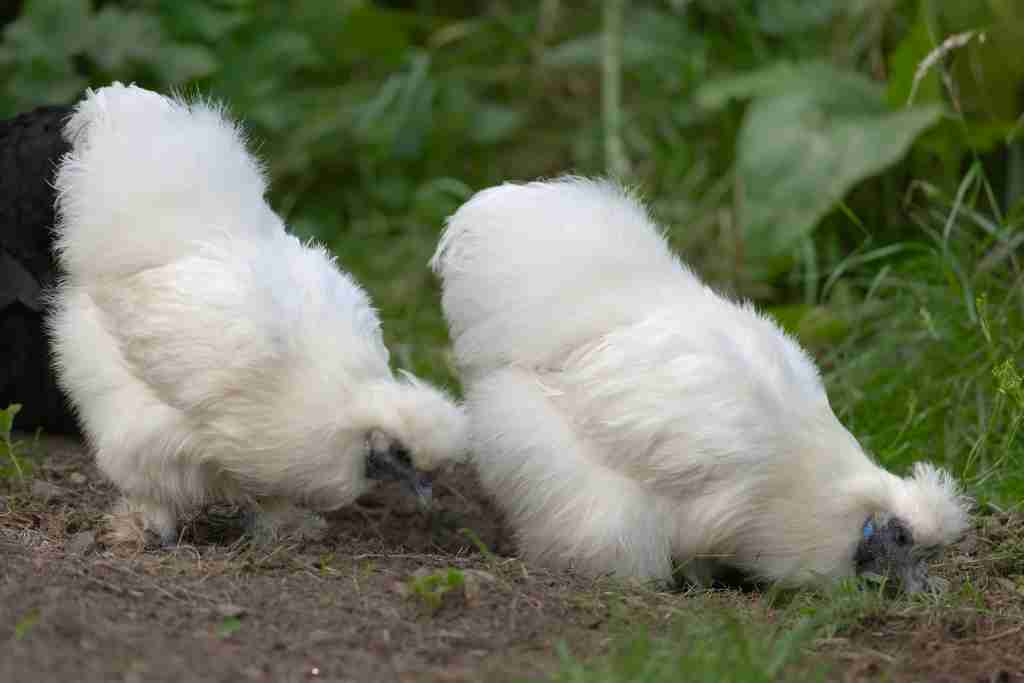
Silkie chickens are more than just a visually striking addition to any flock; they’re known for their unique, fluffy plumage and sweet dispositions, making them ideal pets as well as productive layers. Their captivating appearance characterized by soft, fur-like feathers often leaves people spellbound and eager to welcome these birds into their backyard sanctuary.
Those looking for silkie chickens for sale can discover a range of colors, from the classic black and white to rarer hues like blue or lavender. Each color tells its own story of creativity and individuality in raising poultry.
Beyond aesthetics, silkies are renowned for their broodiness and nurturing instincts; they often excel in hatching eggs and caring for chicks. This quality makes silkies invaluable to homesteaders aiming to expand their flocks organically without relying on incubators.
As you contemplate acquiring silkies, consider how they enrich not only your garden but also your life with their quirky personalities. Ultimately, investing in silkie chickens is not just about adding chickens to your coop it’s about embracing an engaging journey full of delightful interactions and shared moments with these charming feathered friends.
Silkie Chickens Eggs:
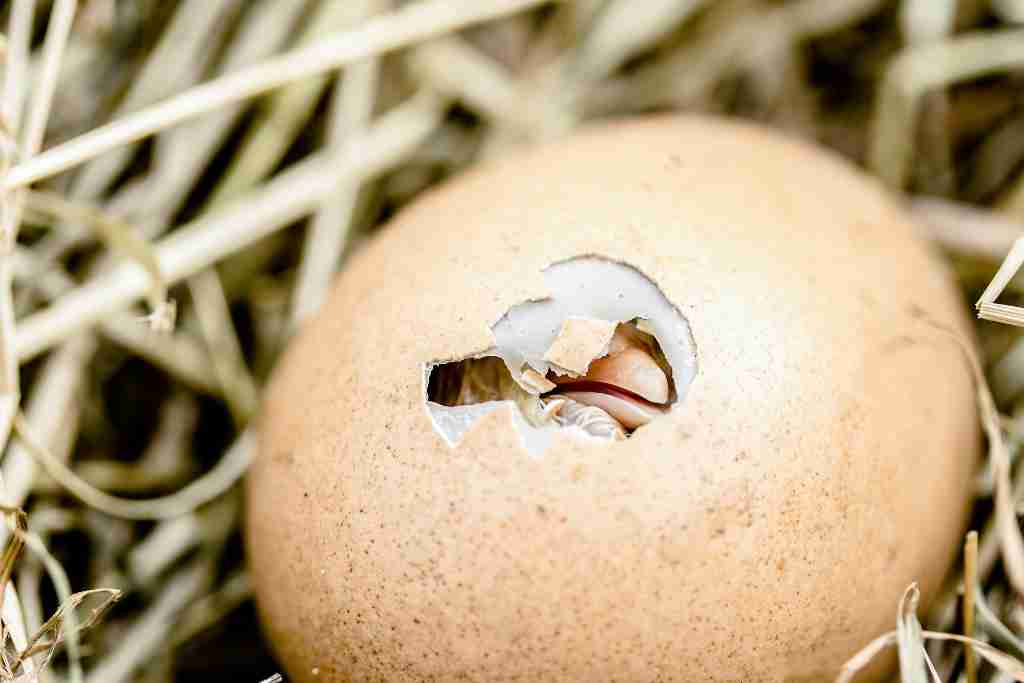
Silkie chicken eggs are a delightful curiosity for both egg enthusiasts and poultry keepers alike. Known for their unique appearance, silky feathered coats, and gentle personalities, Silkie chickens produce small to medium-sized eggs that range in color from creamy white to pale beige.
What sets these eggs apart isn’t just their size or hue; it’s the enticing culinary potential they hold. Chefs and home cooks appreciate their flavor profile, often describing them as richer compared to those of standard breeds, making them a gourmet choice for recipes that call for superior quality.
Beyond culinary uses, the holistic benefits of Silkie chicken eggs draw attention from health-conscious consumers. Rich in vitamins A and D as well as omega-3 fatty acids due to the chickens’ varied diet often supplemented with whole grains and greens these eggs can elevate any meal while promoting overall well-being.
Additionally, if you’re feeling adventurous in your gardening or farming endeavors, hatching Silkie chicks can be an exciting project. Their nurturing nature makes them excellent broody hens that will fiercely protect and care for their young.
Beyond practicality and nutrition lies an element of joy in raising Silkies simply because they exude personality. Their affectionate demeanor allows families to bond over caring for these birds while gaining insight into sustainable practices within food production.
Silkie Chicken Egg Color:
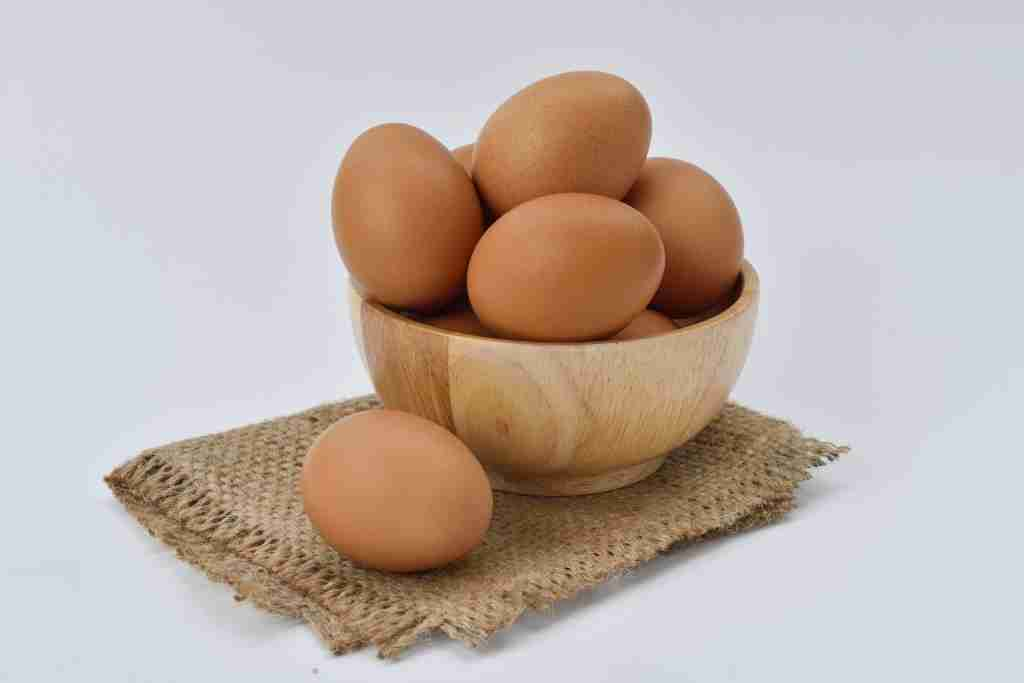
Silkie chickens are celebrated not just for their unique appearance and friendly temperament, but also for the intriguing characteristics of their eggs. Unlike many other breeds that lay a range of standard browns or whites, silkies produce eggs that lean toward a creamy tan or light brown hue.
Here is the revised paragraph with the anchor text included:
“This somewhat muted color palette tends to evoke curiosity among chicken enthusiasts and casual observers alike. The unusual egg color is attributed to the genetics of these charming birds, specifically the presence of certain pigments during the ovulation process. To explore more about exotic chicken breeds, check out this article on Sultan Chickens: Beautiful and Exotic Pets.
Beyond aesthetics, silkie eggs may also hold different nutritional profiles compared to those from conventional layers. Some studies suggest that heritage breeds like silkies might have enhanced omega-3 fatty acid content due to their varied diets in free-range environments.
This connection between breed and egg quality invites an exploration into sustainable farming practices where heritage chickens play vital roles in nurturing soil health while providing nutrient-dense eggs.
Silkie Chicken Egg Size:
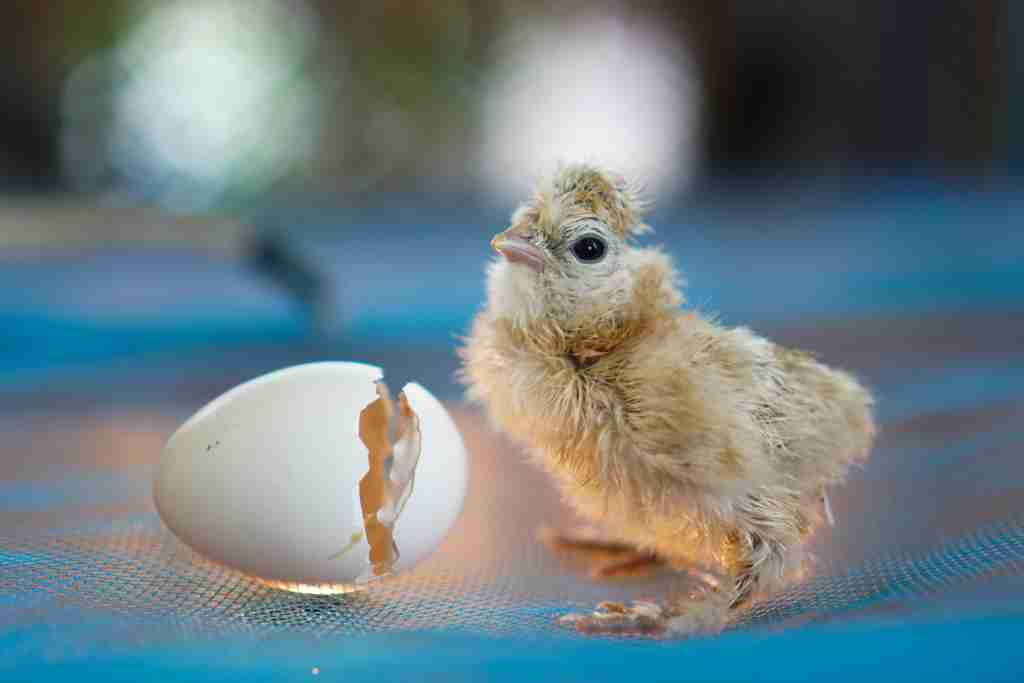
Silkie chickens are celebrated not only for their fluffy plumage and charming personalities but also for their unique egg-laying characteristics. Unlike the larger eggs produced by many standard breeds, Silkie eggs tend to be petite, averaging about 1.5 ounces each.
This smaller size often surprises new hen keepers, especially those accustomed to the more substantial offerings from conventional layers. The delicate dimensions of a Silkie egg can make them appear more like little jewels nestled within their nests, adding an aesthetic appeal that can be delightful in any backyard setting.
From a culinary perspective, while they may be smaller in size, many chefs and home cooks find that Silkie eggs pack a punch when it comes to flavor. Subtle yet rich, with a unique creaminess, these eggs can elevate dishes like quiches or custards. To learn more about these unique birds, check out this guide on Silkie Chickens: Everything Chicken Owners Should Know.
These eggs have garnered attention for potential health benefits; enthusiasts claim they may possess higher nutritional value due to the chickens’ varied diets and stress-free lifestyles. Imagine sharing your breakfast creations made with silky-smooth Silkie eggs; it’s an opportunity not just to enjoy food but to celebrate farm-fresh nourishment at its finest!
Fact About Silkies & Egg Laying Capabilities
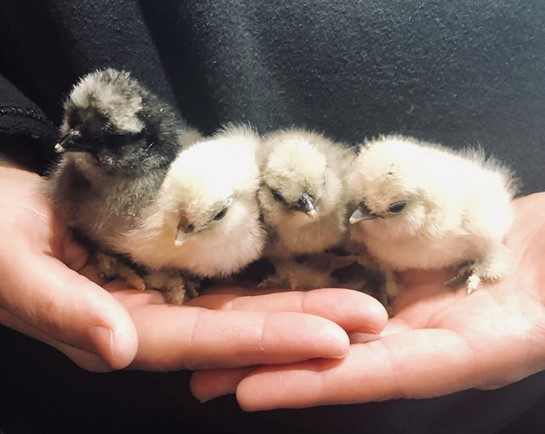
Silkies are tiny little chicks and only get cuter as they grow. They require the same care in the brooder as standard sized chickens, but they seem a little more fragile for the first couple of days. Silkies have 5 toes as opposed to standard breeds who only have 4 toes. They are super sweet and make great family pets. They’re not known for their egg laying abilities as they only lay an average of 120 small eggs per year. Most people keep Silkies for show birds, family pets, or to brood and hatch eggs. Their eggs are every bit as good as standard sized eggs, but they are small.
Unique Physical Traits of Silkies
Silkies have some remarkable physical features:
- Turquoise Ears: Unlike other chickens, Silkies have bright turquoise ears, though their pom-like feathers can sometimes cover them. Trimming their feathers may be necessary for better visibility.
- Black Skin and Bones: Silkies have black skin and bones, making them a delicacy in some parts of the world. This trait is shared with breeds like Mystic Onyx and Ayam Cemani.
- Walnut Comb: Their combs are “walnut” shaped and dark or mulberry in color, paired with black eyes and a blue-tinted beak.
Silkie Feathers: Unique and Fluffy
Let’s talk about their feathers for a minute. Silkies do not have a typical feather. Their feathers lack barbicels which are the hooks to hold the feathers in. This is what gives them their poofy look. Because they don’t have the standard feathers, they are not flyers. With that said, I’ve had younger Silkies seem to have no problem reaching higher perches. We have low perches in place for them, but a couple will find themselves near the top! Silkies feathers make them susceptible to getting too cold if wet. If your Silkies get significantly wet, towel or blow drying may be necessary. They seem to love the blow dryer though…a little spa day for your chicken!
Can Silkies Thrive in Cold Climates?
Some people say they are not cold hardy and while they don’t have the same plumage as other breeds, our Silkies have done fine in our Minnesota winters. They snuggle up with the others and do great.
Integrating Silkies with Other Breeds
This brings me to the next question I get often. “Do you keep your Silkies with your other standard breeds?” I actually approached this very carefully when I introduced my Silkies to the rest of the flock. I spent a lot of time integrating them into the coop to see if it was safe for everyone. Silkies are smaller, can’t fly and unless you give them a haircut, they can’t see, so defending themselves can prove to be difficult sometimes.
Making sure the rest of the flock accepted them was very important to me, and I took a lot of time to make that happen. I didn’t want to keep them separate if I didn’t have to. So, right after our Silkies hatched, I went to our local farm supply store and purchased my Easter Egger chicks. When the Silkies were eating and drinking well (thanks to my Baby Chick Care Kit!) I combined the Silkies and Eggers together. This way they grew up together and integrated into the big flock together. It worked great!
Final Thought:
Silkie chickens are not only charming pets with their unique appearance and gentle demeanor but also serve as wonderful additions to any backyard flock. Their friendly nature makes them ideal companions for families.
While their unusual qualities, such as their soft feathers and black skin, set them apart from traditional chicken breeds. Additionally, Silkie hens are known for being excellent mothers, often brooding and raising chicks with great care.
Whether you’re drawn to them for their beauty or their nurturing tendencies, these birds can bring joy and fascination to your life. Consider adding a few Silkie chickens to your home; you’ll be rewarded with both delightful companionship and the enriching experience of caring for these extraordinary creatures.
FAQs:
Silkie chickens are a unique breed known for their fluffy, soft feathers and friendly temperament. They are often kept as pets or for exhibition.
While they do lay eggs, Silkies are not prolific layers compared to other breeds; they typically produce about 3-4 small eggs per week.
Silkies come in various colors including black, white, blue, lavender, and partridge, making them visually appealing to many chicken enthusiasts.
- Male Black Widow Spider Markings - March 23, 2025
- Mexican Red Headed Bird: A Brilliant Avian Wonder - January 16, 2025
- Can Turkeys Eat Bread? - January 15, 2025
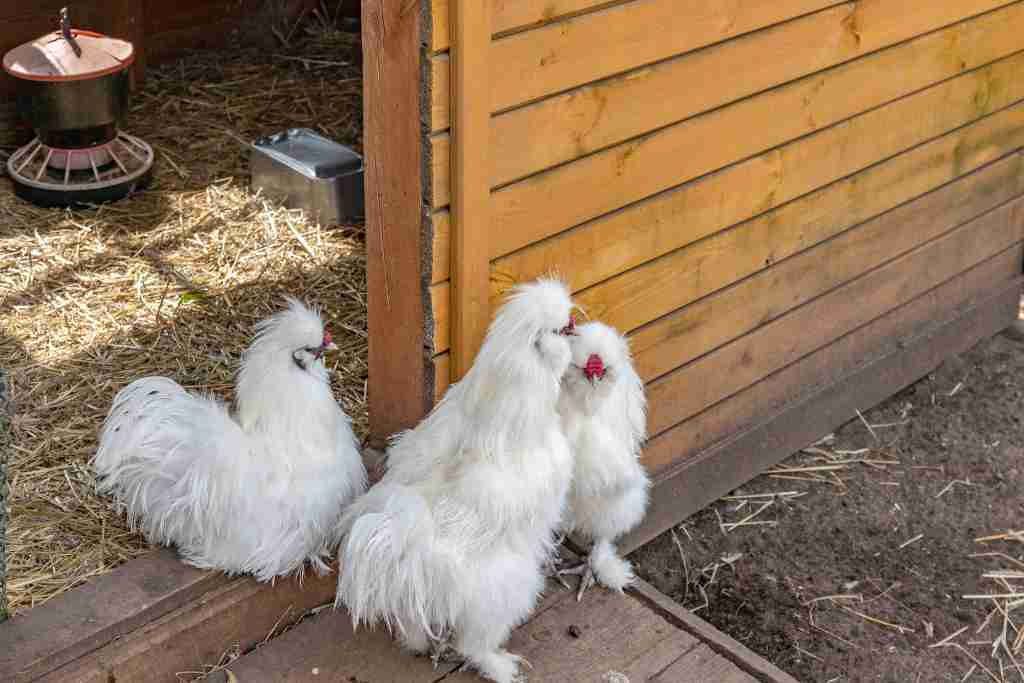








1 thought on “Silkie Chickens?”